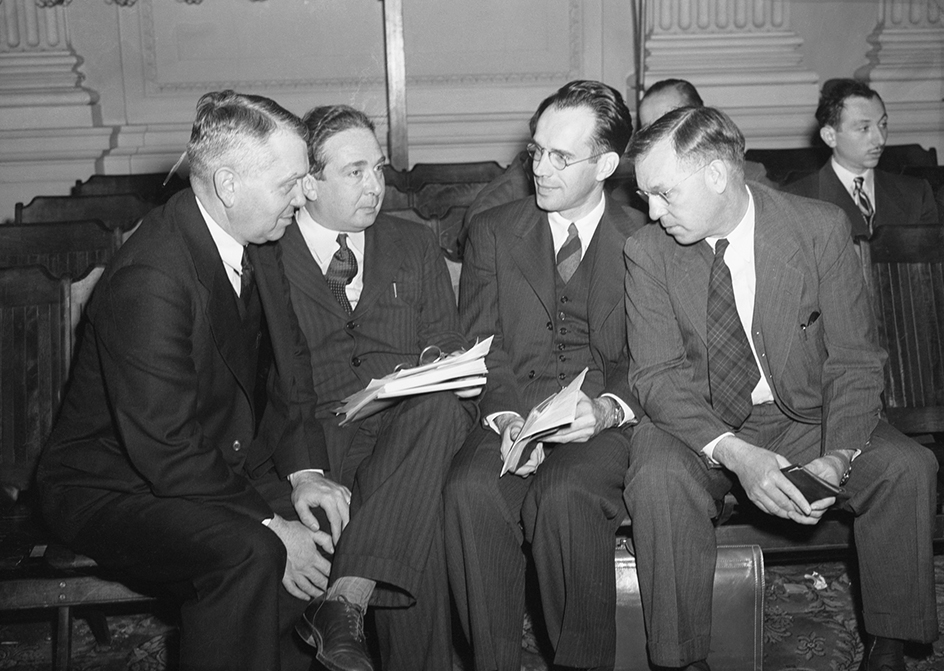Szilard << SIHL ahrd or zih LAHRD >>, Leo (1898-1964), a Hungarian-born American physicist, pioneered the development of nuclear energy. With Enrico Fermi, he originated the method of arranging graphite and uranium to create the first nuclear reactor. Using this reactor, Fermi produced the first self-sustaining nuclear chain reaction in 1942.

Szilard was born in Budapest, Hungary, on Feb. 11, 1898. Fearing war in Europe with the rise of Nazi Germany, he fled to the United Kingdom and later to the United States, arriving in 1938. Szilard and his fellow Hungarian scientists Eugene Wigner and Edward Teller feared that Nazi Germany might become the first country to develop an atomic weapon. In July 1939, Szilard and Wigner visited Albert Einstein. Szilard helped Einstein compose a letter to President Franklin D. Roosevelt encouraging him to initiate federal support for research on nuclear energy. Szilard and Wigner believed the letter would have greater influence coming from the famous scientist. The letter was delivered to the president by October 1939.
Szilard and Einstein’s letter led to the creation of the Manhattan Project to design and build the first atomic bomb. Szilard became a U.S. citizen in 1943 and also worked on the project. In 1946, the year after World War II ended, he took a research position at the University of Chicago. At Chicago, Szilard turned his attention to research in biology and the social sciences. He and Wigner later shared the 1959 Atoms for Peace Award. Szilard died on May 30, 1964.
See also Nuclear weapon (History).
